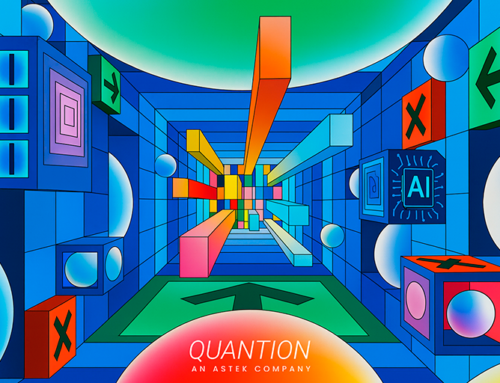In a time when artificial intelligence is advancing rapidly, organizations are looking for increasingly efficient ways to access and leverage their internal information.
One of the most transformative innovations in this field is RAG (Retrieval-Augmented Generation) architecture, which allows for conversational interaction with business data through language models (LLMs). This technology opens the door to new experiences based on a more human, fluid, and contextualized interaction with information.
How does a smart conversation with your data work?
Imagine having a virtual assistant that understands your questions and consults your company’s documentation in real-time to provide you with clear, precise answers tailored to your context. That’s what a RAG-based system does: it combines language models with a semantic retrieval layer that selects and delivers the most relevant information directly to the user.
Rather than just generating generic text, the model accesses internal sources like manuals, technical repositories, or internal policies, extracts relevant sections, and incorporates them as context into its responses. The result: a more reliable, specific interaction with less margin for error.
The Role of RAG and LLMs in AI-Powered Conversations
A RAG doesn’t function without a solid foundation. The key is to properly prepare the data: cleaning it, segmenting it strategically (chunking), and converting it into vector representations through embeddings. This allows the creation of a semantic index that the system uses to retrieve the most useful context in each conversation.
Predefined AI solutions vs. custom developments
Today, there are two main approaches to integrating this technology within an organization:
🔹 Predefined Solutions
Platforms like Azure OpenAI combined with tools like Azure AI Search enable quick, secure, and effective implementation of generative AI-based business solutions. These are especially suitable for organizations handling large volumes of unstructured information and looking to gain immediate value without the need for complex development from scratch.
🔹 Custom Developments
When business needs demand a higher level of personalization, privacy, technical control, or deep integration with internal systems, it is recommended to opt for custom solutions using frameworks like LangChain alongside specialized vector databases (Pinecone) or advanced knowledge graphs (Neo4j). These tools and platforms allow for the design of tailored solutions, configuration of advanced parameters, definition of domain-specific rules, and optimization of the final user experience.
Artificial Intelligence: Interaction channels, from text to voice and avatars
Once RAG is connected to the language model, the next step is to think about how the user accesses the information. There are multiple ways to interact, depending on the use case:
-
Interactive Avatars
They offer a more engaging and empathetic experience. They are especially useful in training environments, technical support, or customer service. -
Voice Interaction (Voice RAGs)
They allow users to consult information without needing to type. They are ideal for mobile contexts, accessibility, or environments where using a keyboard is not an option. -
Assistants Integrated into Collaborative Platforms
Incorporating bots into tools like Microsoft Teams or Slack enables employees to easily access information without leaving their usual work environment.
Conversation, efficiency, and precision: The Future of information access
Integrating RAG architectures with LLMs represents a profound shift in how organizations engage with their own data. Far from just a trend, it is an evolution toward a more agile, human, and efficient way of working with information.
At Quantion, we help businesses leverage these technologies to drive real digital transformation. Through customized solutions and frameworks like LangChain, we integrate conversational assistants that not only respond but also understand, contextualize, and enhance every interaction.
Are you ready to start talking to your data with Artificial intelligence?


